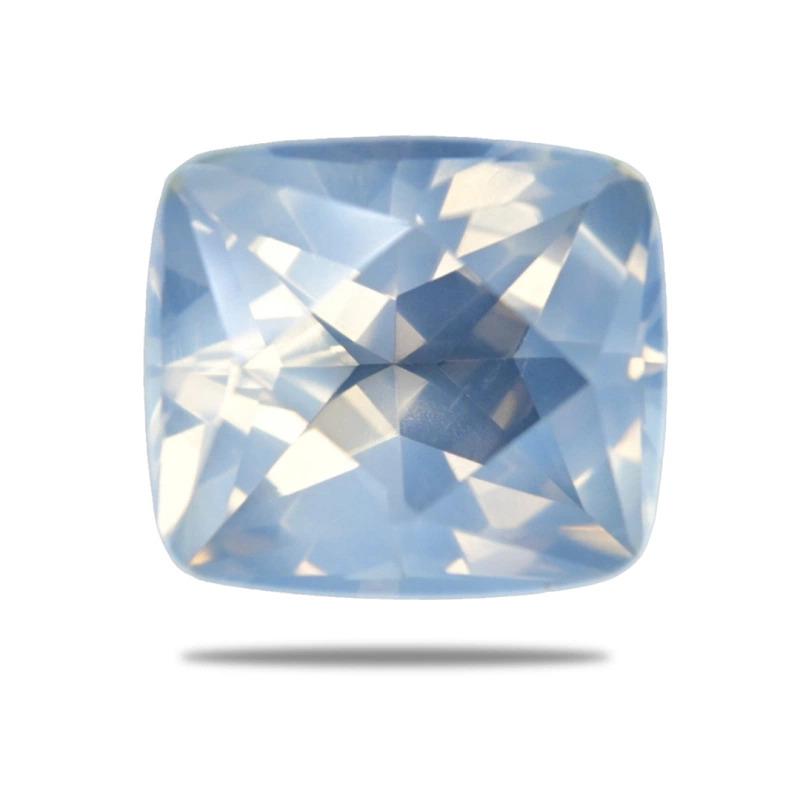
Pietre portafortuna di giugno: perla, alessandrite e pietra di luna
Ci sono solo due mesi con tre pietre portafortuna ufficiali, e giugno è una di queste! Quali sono le 3 pietre preziose di giugno? Le pietre portafortuna ufficiali di giugno sono la pietra di luna, la perla e l'alessandrite.
Giugno nell'antica Roma era chiamato Junius o lunius , in onore della dea del matrimonio, Giunone, o del termine latino iuniores che significa "giovinezza".
Le antiche celebrazioni di giugno comprendevano la Rosalia (festa delle rose), la Vestalia (in onore della dea del focolare Vesta e della purificazione di Roma) e il solstizio d'estate (primo giorno d'estate).
Il solstizio d'estate viene celebrato ancora oggi, insieme alle moderne festività di giugno come la festa del papà, il mese dell'orgoglio LGBTQ+ e la giornata internazionale dei diritti dell'infanzia.
Giugno rappresenta entusiasmo, equilibrio e ringiovanimento. È anche associato al matrimonio, con la stagione dei matrimoni che raggiunge il suo apice a giugno.
A riflettere questi ideali sono le tre pietre portafortuna di giugno: alessandrite, perla e pietra di luna. Oggi ne scopriremo la storia, le proprietà e il fascino.
video: https://www.youtube.com/watch?v=v2PJNAbPgU8
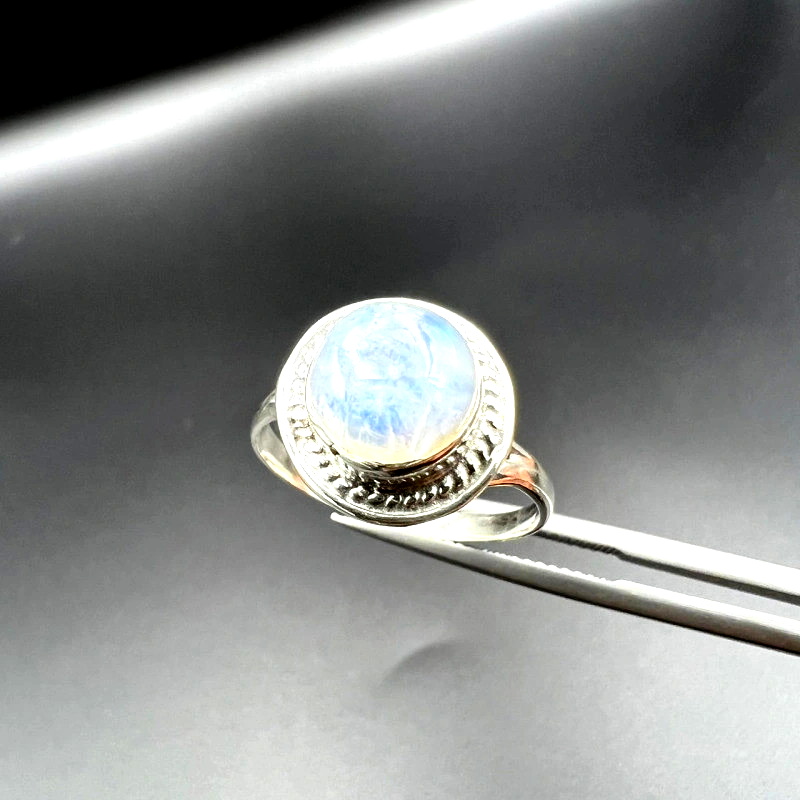 Nella foto sopra: anello con pietra di luna
Nella foto sopra: anello con pietra di luna
Significato storico e culturale delle pietre portafortuna di giugno
Probabilmente ti starai chiedendo: perché ci sono 3 pietre portafortuna per giugno? Beh, non ce ne sono sempre state tre.
Cambiamenti della pietra portafortuna di giugno nel tempo
I primi elenchi di pietre portafortuna derivati dai testi biblici interpretavano le pietre portafortuna di giugno come agata o smeraldo , ora sono pietre portafortuna di maggio .
Con l'avvio di elenchi ufficiali delle pietre portafortuna moderne, nel 1870 Tiffany & Co. pubblicò un opuscolo di "Poesie gregoriane sulle pietre portafortuna", attribuito a un "autore sconosciuto", con perla per giugno.
Il primo elenco standardizzato ufficiale, creato dalla National Association of Jewellers (ora Jewellers of America) nel 1912, elencava la perla al primo posto, con la pietra di luna come alternativa. Questa classificazione fu ripresa anche nell'elenco britannico del 1937 della National Association of Goldsmiths.
Negli anni '50, il Jewelry Industry Council of America modificò l'elenco del 1912 aggiungendo l'alessandrite per giugno.
Perché la pietra portafortuna di giugno è cambiata? L'alessandrite era una gemma relativamente nuova e una teoria è che i gioiellieri ritenessero che l'alessandrite fosse più abbondante della perla, il che oggi non è vero.
Diamo ora un'occhiata alla storia specifica di ogni pietra semipreziosa .
 Nella foto sopra: ornamento per capelli in oro dell'antica Roma del III secolo, decorato con perle, smeraldi e zaffiri; esposto al British Museum | Crediti immagine: Vassil, di pubblico dominio
Nella foto sopra: ornamento per capelli in oro dell'antica Roma del III secolo, decorato con perle, smeraldi e zaffiri; esposto al British Museum | Crediti immagine: Vassil, di pubblico dominio
Perle nelle civiltà antiche e nella mitologia
La più antica testimonianza scritta di perle risale al 2206 a.C., quando perle d'acqua dolce furono donate alla famiglia reale cinese. Il più antico gioiello di perle conosciuto, datato intorno al 420 a.C., è la collana di "Perle di Susa". Prove archeologiche indicano anche l'uso preistorico della madreperla nella valle dell'Indo e in Sri Lanka.
Gli antichi greci associavano le perle alla magnificenza, credendo che le pietre natali si formassero dalle lacrime di Afrodite, la dea dell'amore, anch'essa nata dal mare secondo i miti. Analogamente, antiche leggende giapponesi sostenevano che le perle avessero origine dalle lacrime di sirene o ninfe.
Gli antichi romani chiamavano le perle margaritae o unio . Usavano le perle come status symbol, indossate solo da ricchi e nobili.
Nell'antico Egitto , le perle erano legate a Iside, dea della guarigione, e venivano poste nelle tombe. Una storia famosa narra che Cleopatra vinse una scommessa con Marco Antonio immergendo uno dei suoi orecchini di perle nell'aceto e bevendolo!
Una leggenda indù narra che le perle fossero gocce di rugiada lunare cadute dalla luna. Un altro mito indù sull'origine della perla narra che il dio Krishna trovò la prima perla e la diede a sua figlia come dono di nozze per proteggerla dalla vedovanza e garantirle un matrimonio felice e duraturo.
Inoltre, secondo i testi vedici , l'origine delle perle era attribuita alle acque della Terra e all'energia divina che concepirono la perla e poi la fecondarono con un fulmine.
Nell'Islam , il Corano descrive le perle come ornamenti del Paradiso, così come i frutti e le corone donate a coloro che entrano in paradiso.
Altre interpretazioni del significato di questa pietra portafortuna di giugno includevano la protezione dal fuoco nell'antica Cina e la rappresentazione della purezza in Europa.
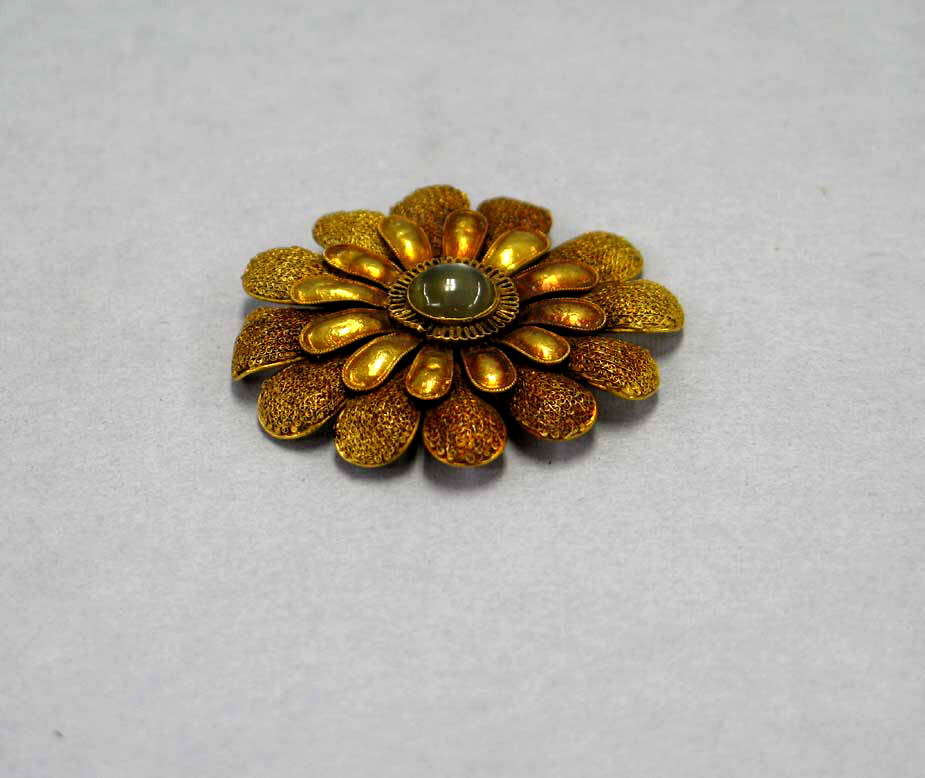 Nella foto sopra: ornamento cinese in oro con pietre di luna, datato 960-1279 dinastia Song; esposto al Metropolitan Museum of Art | Crediti immagine: Met Museum, pubblico dominio
Nella foto sopra: ornamento cinese in oro con pietre di luna, datato 960-1279 dinastia Song; esposto al Metropolitan Museum of Art | Crediti immagine: Met Museum, pubblico dominio
Storia della pietra di luna antica e moderna
Il nome Moonstone trae ispirazione dalla sua adularescenza, che sembra risplendere dall'interno come una tenue luce lunare.
Le antiche leggende romane narrano che la pietra di luna si formasse quando i raggi di luce lunare si indurirono e fu donata dalla dea della luna Diana. I romani guardavano la pietra per vedere Diana e ricevere il suo amore e la sua saggezza.
Gli antichi Greci chiamavano la pietra Afroselene , una parola composta da Afrodite e dalla dea della luna Selene. Associavano la pietra di luna anche a Ecate, dea della magia, e ad Artemide, dea della caccia e della castità.
Nell'antica India , si diceva che le pietre di luna brillassero o si affievolissero sulla fronte della dea della luna Chandra (o del dio della luna Ganesh) a seconda delle fasi crescenti o calanti della luna.
Secondo un mito asiatico , le pietre di luna blu giungono a riva ogni 21 anni. Gli antichi asiatici orientali le appendevano agli alberi per favorire raccolti abbondanti e credevano che la luce mutevole interna della gemma indicasse la presenza di uno spirito al suo interno.
I viaggiatori usavano anche talismani di pietra di luna per protezione, da cui il soprannome "pietra del viaggiatore" attribuito alla pietra portafortuna di giugno.
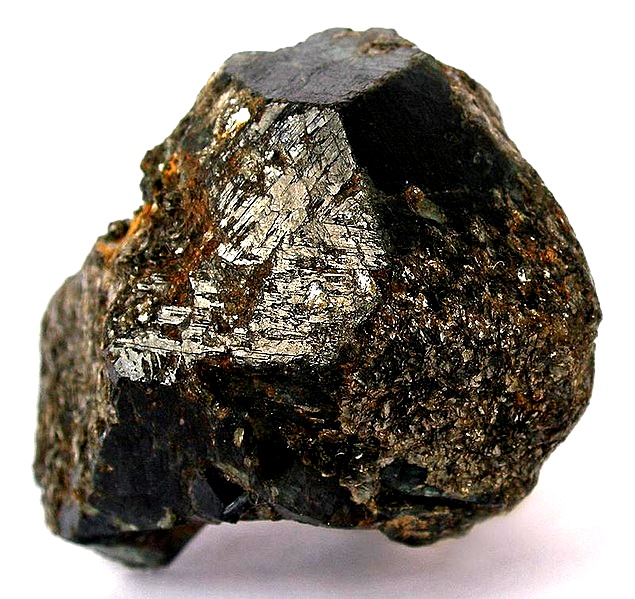 Nella foto sopra: un eccellente esemplare di riferimento classico di alessandrite proveniente dalla regione degli Urali, in Russia, dalla forma robusta, con qualche segno di usura sui bordi, gemma interna, ma che mostra comunque un cambiamento di colore; corredato di etichetta datata 1850 | Crediti immagine: Rob Lavinsky, iRocks.co m – CC-BY-SA-3.0
Nella foto sopra: un eccellente esemplare di riferimento classico di alessandrite proveniente dalla regione degli Urali, in Russia, dalla forma robusta, con qualche segno di usura sui bordi, gemma interna, ma che mostra comunque un cambiamento di colore; corredato di etichetta datata 1850 | Crediti immagine: Rob Lavinsky, iRocks.co m – CC-BY-SA-3.0
Il viaggio di Alessandrite dalla Russia al mondo
L'alessandrite è la pietra portafortuna di giugno scoperta più di recente. Questa gemma cangiante, rossa e verde, fu scoperta nei Monti Urali in Russia nel 1834 e prese il nome da Alessandro II, il futuro zar, in occasione del suo imminente sedicesimo compleanno.
Le storie divergono su chi abbia scoperto e dato il nome all'alessandrite per primo. Si pensa al mineralogista finlandese Nils Gustaf Nordenskiöld, al direttore della miniera degli Urali Vasilevich Kokovin, al professore di mineralogia tedesco Gustav Rose o al mineralogista russo Conte L.A. Perovskii. In ogni caso, il Conte L.A. Perovskii regalò la gemma ad Alessandro II per il suo compleanno, il 29 aprile.
L'unica fonte era la Russia, sebbene le sue miniere fossero quasi esaurite già negli anni '90 del XIX secolo. Un'altra fonte fu il Brasile nel 1987, seguito da Sri Lanka e Zimbabwe.
L'alessandrite russa divenne un simbolo di prestigio e orgoglio nazionale, riflettendo casualmente i colori militari russi. Si dice che Alessandro II indossasse quotidianamente un anello-talismano in alessandrite.
Altre culture interpretavano i cambiamenti di colore della pietra portafortuna di giugno come indicatori di pericolo.
Storia? Controllato. Ora esamineremo più da vicino i colori e le caratteristiche uniche di queste pietre portafortuna.
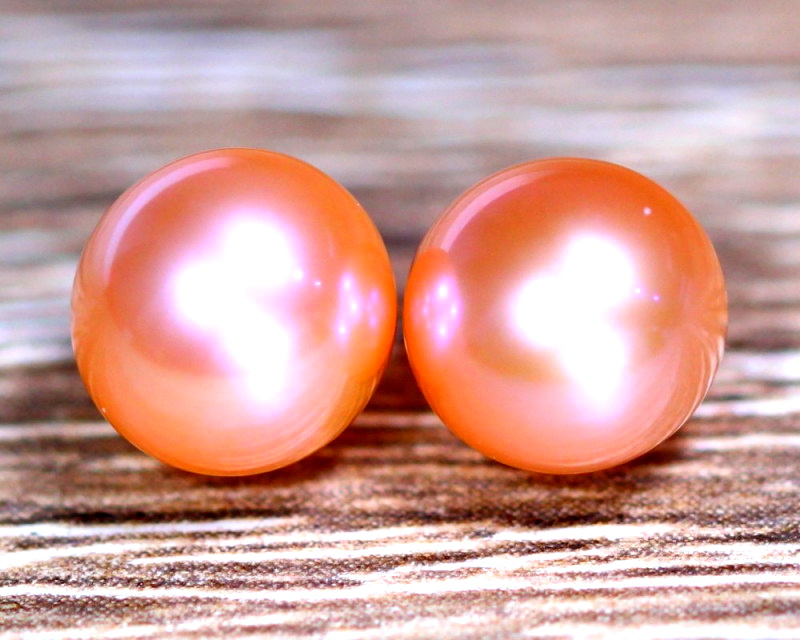 Nella foto sopra: perle Akoya rosa
Nella foto sopra: perle Akoya rosa
Perle: le gemme del mare
Probabilmente la pietra portafortuna "classica" di giugno, le perle sono indiscutibilmente uniche. Innanzitutto, sono mineraloidi (non minerali) e una delle poche gemme organiche , ovvero create da un organismo vivente.
In questo caso, le perle si formano all'interno dei molluschi quando una sostanza irritante come la sabbia penetra nel guscio della creatura. Il mollusco secerne strati di madreperla attorno alla sostanza irritante. La madreperla è composta da carbonato di calcio (calcite , aragonite o entrambi). Gli strati di madreperla accumulati creano la caratteristica lucentezza "perlescente".
La rarità di questa pietra portafortuna di giugno è esclusiva delle perle naturali, che crescono in natura senza l'intervento umano. La maggior parte delle gemme di perle oggi sono perle coltivate , che crescono allo stesso modo, ma con l'aggiunta di sostanze irritanti da parte dell'uomo negli allevamenti di perle.
Le perle naturali sono in genere piccole e di forma irregolare, mentre le perle coltivate sono spesso rotonde o quasi rotonde. Puoi sempre verificare l'origine della tua perla portafortuna inviandola a un laboratorio come il GIA .
Tipi e valore delle perle
Alcuni dei tipi di perle più popolari sono:
Akoya : prima perla coltivata, solitamente di qualità più elevata; formazione più lenta dello strato di madreperla, che si traduce in una migliore lucentezza e una forma più rotonda; spesso sbiancata e tinta di bianco con sfumature rosa.
Acqua dolce : formate da molluschi di acqua dolce, solitamente coltivate; in genere hanno una madreperla più spessa, una forma più irregolare e una lucentezza inferiore, ma colori più raffinati rispetto alle perle di acqua salata.
Acqua salata : formata da molluschi di acqua salata, solitamente coltivati; standard storico per le perle più belle
Mari del Sud : coltivate da ostriche di acqua salata con labbra argentate o dorate; madreperla più spessa e più grandi delle Akoya; solitamente di colore bianco, crema o dorato.
Tahitiane : coltivate da ostriche di acqua salata dalle labbra nere principalmente nella Polinesia francese; solo perle naturalmente nere, ma spesso verde scuro o grigio; possono essere bianche, blu, argento, viola o gialle; presentano iridescenza chiamata "orient"
Il fattore di maggior valore è la differenza tra perle naturali e perle coltivate: le perle naturali portafortuna di giugno sono notevolmente più costose.
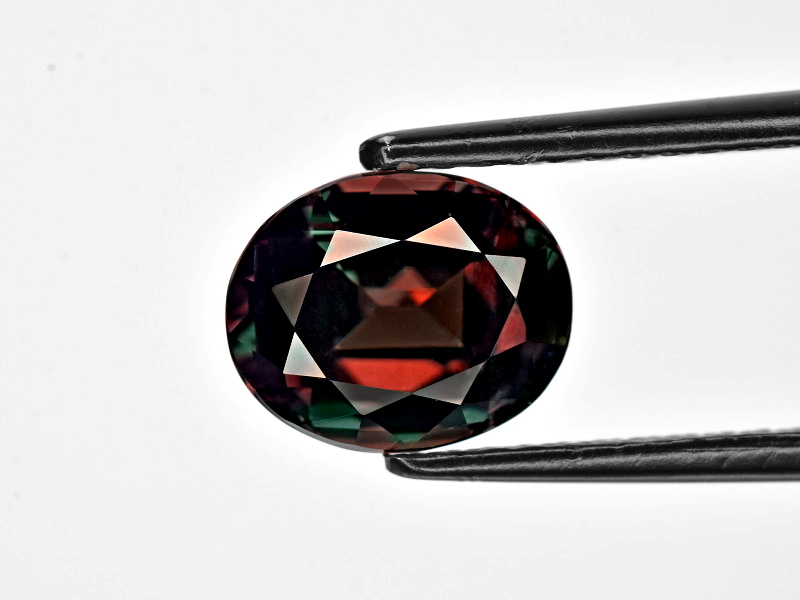
Alessandrite: la gemma camaleonte
L'alessandrite è una varietà di crisoberillo in cui parte dell'alluminio è sostituita dal cromo. È nota per il suo cambiamento di colore, causato dalle impurità di cromo.
Di che colore è questa pietra portafortuna di giugno? Le alessandriti più belle sono verde smeraldo alla luce del giorno e rosso-violaceo sotto la luce incandescente, il che ha ispirato l'appellativo "Smeraldo di giorno, rubino di notte". La maggior parte di queste pietre sono russe.
Altri cambiamenti di colore includono il giallo o pesca, il rosa acceso o il blu-verde, fino al magenta. L'alessandrite dello Sri Lanka è spesso verde oliva, mentre quella brasiliana è spesso più chiara.
Il valore principale dell'alessandrite è dato dalla purezza, dal grado e dalla proporzione del cambiamento di colore.
Gli alessandriti occhio di gatto sono particolarmente rari e preziosi.
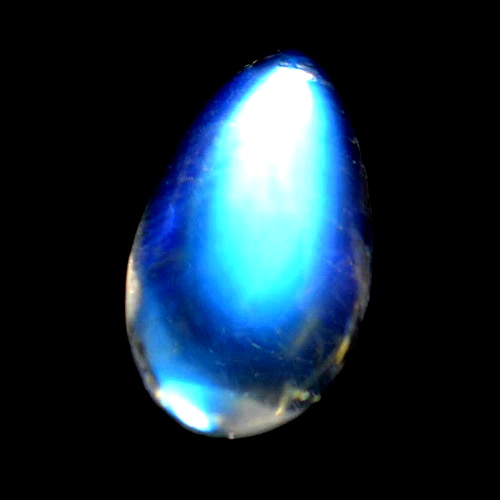
Pietra di luna: bellezza e colori luminosi
Tra le tre pietre portafortuna di giugno, la pietra di luna è la più accessibile, ma non per questo meno straordinaria.
La pietra di luna presenta strati alternati e sottili di feldspati, albite e oligoclasio o ortoclasio . Quando la luce penetra in questi strati, provoca il caratteristico bagliore interno fluttuante della pietra di luna, chiamato "adularescenza".
Le pietre di luna migliori sono incolori e presentano una pura adularescenza blu. Ma il colore della pietra portafortuna di giugno include anche tonalità come pesca, verde e arancione.
La maggior parte delle pietre di luna viene tagliata a cabochon , ma la sfaccettatura può nascondere eventuali difetti e aumentarne la brillantezza. Altri tagli includono perline e incisioni.
Dopo aver parlato di mineralogia e aspetto, è il momento di esaminare le pietre portafortuna di giugno e il loro significato.
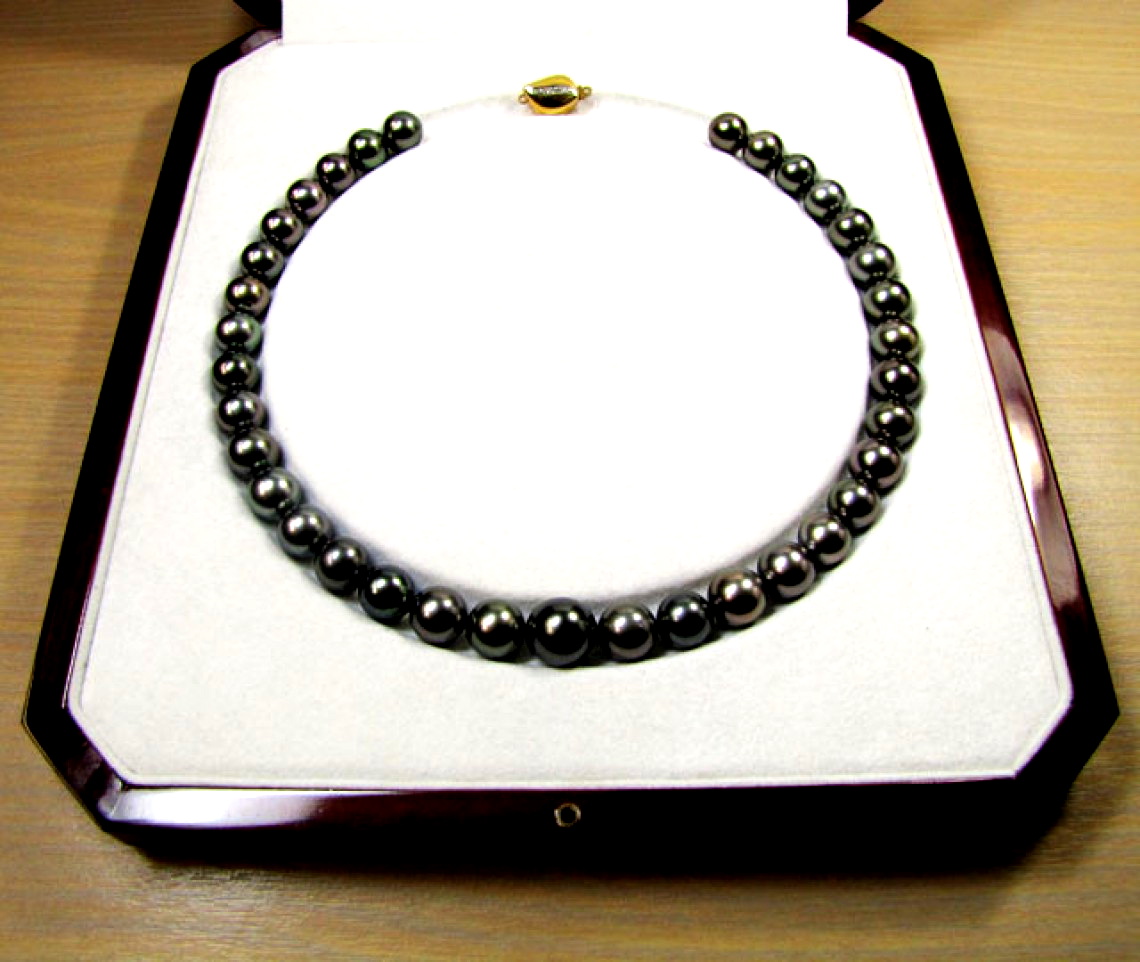 Nella foto sopra: collana di perle di Tahiti
Nella foto sopra: collana di perle di Tahiti
Perle: simbolismo e significato
Nel corso della storia, le perle sono state associate alla femminilità, alla saggezza e alla trasformazione.
Femminilità
L'aspetto etereo e le origini acquatiche della perla hanno ispirato associazioni con la luna, la femminilità e l'acqua. La luna e le maree sono legate agli ideali tradizionalmente femminili di attingere alle proprie emozioni mutevoli.
Si ritiene che il lato lunare delle perle migliori l'intuizione e connetta con i mondi spirituali. Inoltre, le perle sono pietre curative tradizionalmente utilizzate per la fertilità, gli squilibri ormonali e un parto più facile.
Saggezza
Il legame tra perle e conoscenza è esemplificato nelle frasi "perle di saggezza" che significano saggi consigli o "non gettare le perle ai porci" che significa saggiamente non offrire qualcosa di prezioso a coloro che non lo apprezzeranno.
Nella Bibbia, le perle solitamente rappresentano il valore della saggezza. Le filosofie indù, taoiste e buddiste menzionano le "perle fiammeggianti" come simbolo di saggezza spirituale. Alcuni antichi credevano che le perle contenessero lezioni di vita e guidassero i defunti nell'aldilà.
La “nascossione” e la formazione della pietra portafortuna di giugno rappresentano anche la saggezza acquisita attraverso l'esperienza.
Trasformazione
Le perle impiegano anni per formarsi, di solito partendo da un granello di sabbia e trasformandosi in una splendida gemma. Non sorprende che queste pietre portafortuna di giugno rappresentino la trasformazione.
Citando la speaker motivazionale Susan C. Young: "L'ostrica ha preso ciò che all'inizio era un'irritazione e un'intrusione e lo usa per arricchire il proprio valore".
Gli antichi asiatici credevano che le perle simboleggiassero il viaggio dell'anima verso la perfezione. I cartomanti collegano la perla al viaggio del Matto come percorso di scoperta di sé.
 Nella foto sopra: anello in alessandrite con diamanti decorativi | Credito immagine: Christina Rutz, Flickr , CC-BY-SA-2.0
Nella foto sopra: anello in alessandrite con diamanti decorativi | Credito immagine: Christina Rutz, Flickr , CC-BY-SA-2.0
Il misticismo dell'Alessandrite e le sue proprietà metafisiche
L'Alessandrite non ha molte tradizioni, ma ha comunque acquisito un significato.
Come la perla, l'alessandrite simboleggia la trasformazione . Si dice che la pietra di giugno sia ringiovanente e aiuti ad accogliere i cambiamenti della vita.
La pietra che cambia colore rappresenta anche l'equilibrio , che sia emotivo, fisico e spirituale o semplicemente il restare con i piedi per terra.
L'alessandrite è associata anche ad altre caratteristiche quali buona fortuna, successo e creatività.

Significato e poteri della pietra di luna
La pietra di luna condivide le proprietà metafisiche delle perle, essendo legata alla femminilità, alla saggezza e alla luna.
Storicamente, i maghi usavano strategicamente le pietre di luna per incantesimi basati sulla fase lunare attuale. Molti mistici usano la pietra di luna come strumento di concentrazione durante la meditazione. I guaritori di cristalli la raccomandano per curare l'insonnia.
La pietra di luna è anche simbolo di amore e matrimonio.
Una tradizione indiana prevede che le coppie mettano in bocca la pietra portafortuna di giugno durante la luna piena per prevedere il futuro . Sia gli antichi greci che gli indiani credevano che le pietre di luna facilitassero la preveggenza.
Per chi non ha un partner, una leggenda narra che si possa attrarre il vero amore fissando l'intenzione su una pietra di luna durante la luna piena e tenendola con sé fino alla luna piena successiva.
Celebrare i momenti della vita con le pietre portafortuna di giugno
Vuoi sapere qual è la pietra portafortuna più popolare nel mese di giugno?
Per la maggior parte dei gioielli, le perle sono le regine. Tuttavia, l'alessandrite è più comune per gli anelli con pietra portafortuna di giugno, mentre la pietra di luna è la più diffusa.
Astrologicamente, qual è la pietra portafortuna per giugno e i Gemelli? L'alessandrite è la pietra portafortuna migliore per i Gemelli nati a giugno, perché soddisfa il loro desiderio di equilibrio.
Per i nati a giugno, la pietra di luna e la perla si legano perfettamente al corpo planetario dominante del Cancro (la luna) e migliorano l'intuizione naturale del segno.
Regalare una pietra portafortuna del mese di giugno è un gesto significativo per celebrare una persona cara.
Le opzioni spaziano dai gioielli con la pietra portafortuna di giugno alle decorazioni con rose incastonate con la pietra portafortuna (il fiore di giugno), fino a un dipinto del cristallo preferito di giugno del destinatario del regalo.
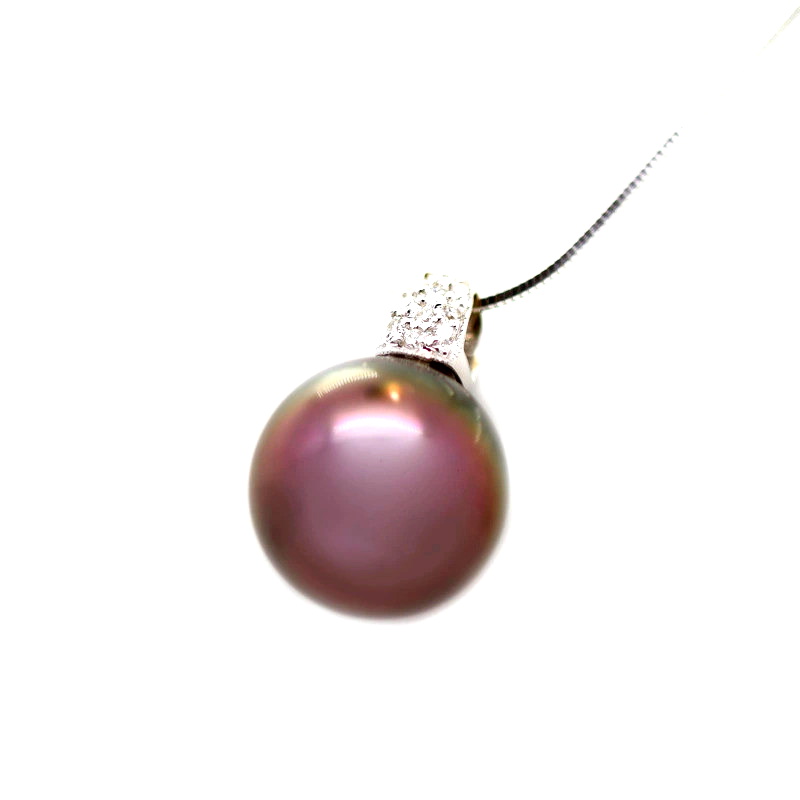 Nella foto sopra: collana di perle di acqua salata coltivate
Nella foto sopra: collana di perle di acqua salata coltivate
Quale gioiello di giugno preferisci?
Giugno rappresenta amore, entusiasmo ed equilibrio, esemplificati da alessandrite, pietra di luna e perla. Queste gemme hanno ognuna il loro fascino, e la loro varietà di aspetto e prezzo fa sì che ci sia una pietra portafortuna di giugno perfetta per ogni budget!
Cerca il Gemstone Encyclopedia
Aste correlate
articoli Correlati
Ognuno di noi ha una pietra preziosa che corrisponde al proprio segno zodiacale. Queste pietre sono anche note come la tua Pietra Stellare. Scopri di più su queste pietre e qual è la tua Pietra Stellare.
10th May 2018
In origine, le pietre portafortuna o gemme erano associate a un segno zodiacale o al mese di nascita di un individuo. Scopri qual è la tua pietra e guarda le pietre che abbiamo in vendita.
8th Feb 2021
Esistono moltissimi strumenti sul mercato per testare una pietra preziosa, ma quali sono i principali strumenti necessari per un'analisi semplice? Diamo un'occhiata a quattro strumenti per testare le pietre preziose.
4th Mar 2020
Articoli Recenti
Le pietre a forma di fiore di crisantemo sono meraviglie naturali caratterizzate da un motivo floreale di calcite bianca, celestina o andalusite incastonato su calcare nero o argillite.
13th Jan 2026
La pietra del sole a reticolo arcobaleno è una varietà di feldspato con tre splendidi effetti ottici dovuti alla presenza di varie inclusioni. La sua colorazione infuocata e il suo motivo a reticolo la rendono una gemma rara da collezione!
12th Jan 2026
La tulite è una rara pietra preziosa norvegese dalla vivace tonalità rosata, appartenente alla famiglia dei minerali della zoisite, comunemente utilizzata in montature e pendenti per gioielli.
6th Jan 2026
Categorie di articoli
How To's is where you will find helpful articles from gem Rock Auctions on how to cut gemstones, select gemstones and buy gemstones.
9 Articoli



